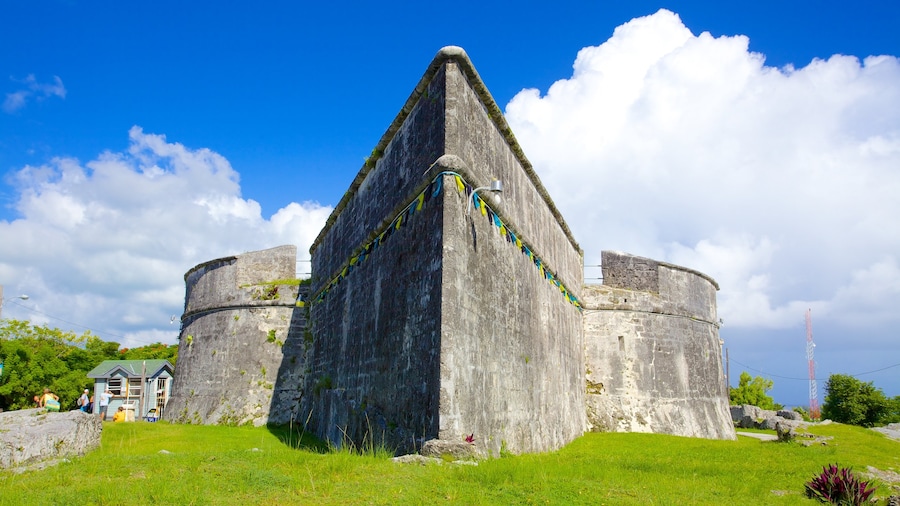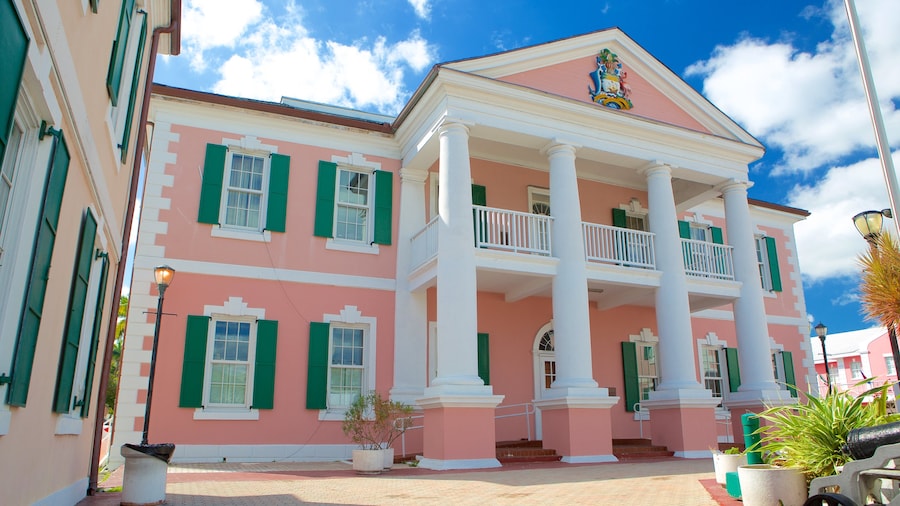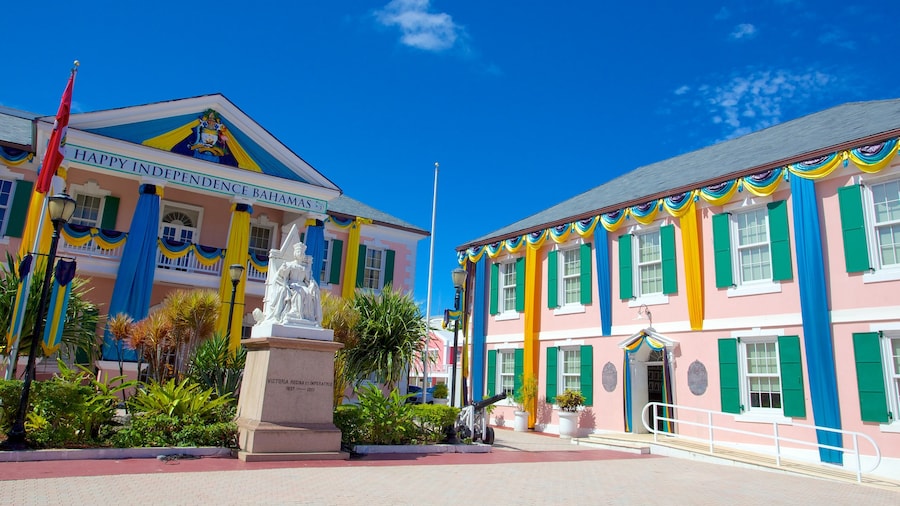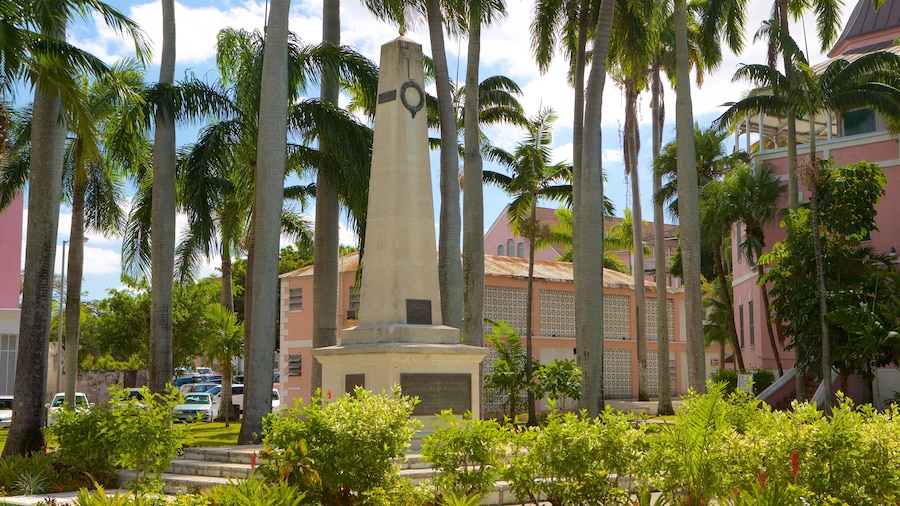Named to celebrate the 65 years of Queen Victoria’s rule, these limestone stairs flanked by a waterfall are an important landmark in the nation’s capital.
The Bahamas may be known for their idyllic beaches and Caribbean culture, but the most popular attraction in the capital of Nassau is an 18th-century colonial staircase. Carved out of solid limestone by slaves, the Queen’s Staircase is still considered a great feat of architecture and construction. The stairs were created between 1793 and 1794 and were later named for Queen Victoria to acknowledge her 65 years of rule, honoring her for her drive to abolish slavery.
Together, the 65 steps lead to Bennet’s Hill, about 102 feet (31 meters) above. The staircase is a picturesque destination and a useful one, cutting out much of the journey for those wanting to reach Fort Fincastle and the Nassau Water Tower.
Nestled between two walls, the staircase is sheltered from the heat of the city and offers a beautifully tranquil location. Arrive early in the morning to have the staircase all to yourself, ideal for those wanting a photograph free of other tourists. Reach beyond the steps to run your hands through the waterfall as it cascades alongside the stairs. The artificial waterfall was created to enhance the visual appeal of the location.
The steps are steep and straight, but not overly challenging. While climbing the steps, take note of the way they have been carved. Axe marks can be seen in many of the steps. As you reach the top you’ll hear the cacophony of local vendors hawking snacks, drinks and souvenirs. Fort Fincastle and the Water Tower are immediately to your right and lookout points with excellent views of the city are nearby.
The Queen’s Staircase is located in central Nassau, just a short walk from the city harbor. A road leads to its summit, so those unable to climb the steps will still have an opportunity to take in the views from Bennet’s Hill. The stairs are open daily.



















